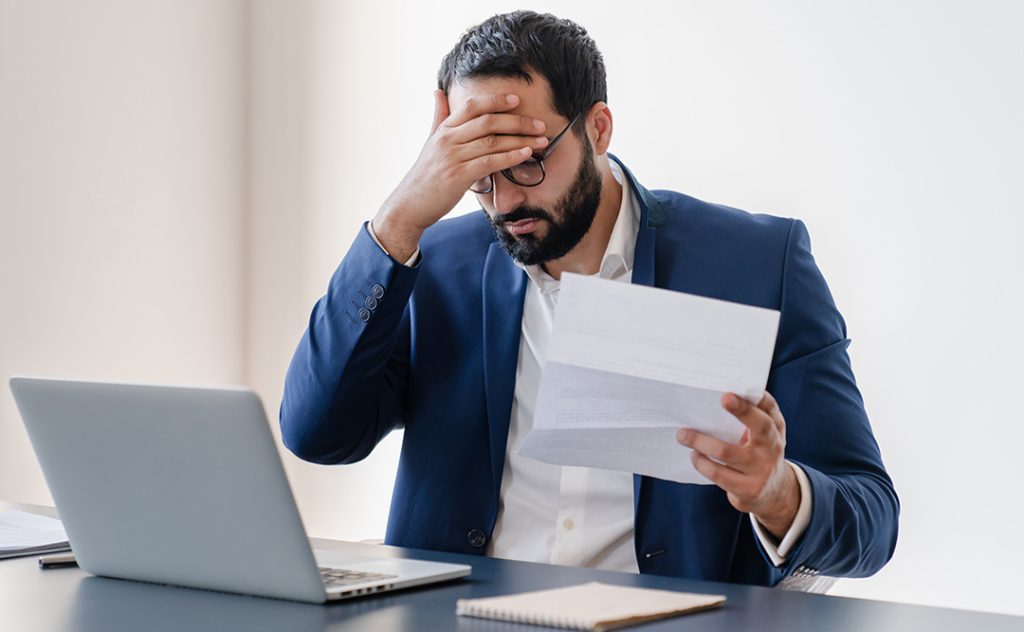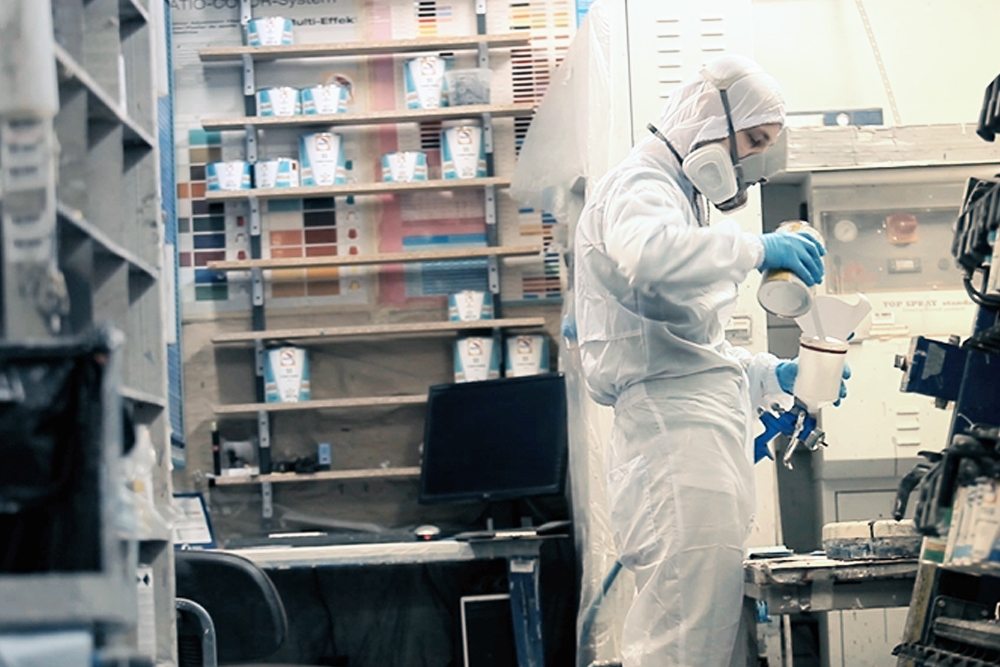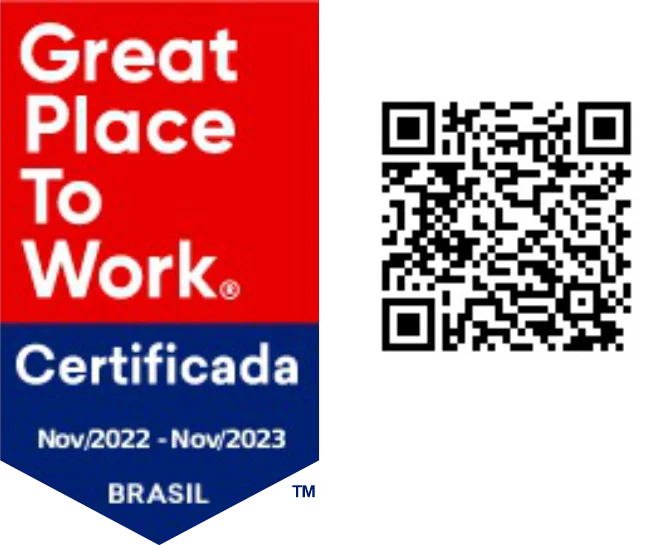What are the main types of fines on import and how to avoid them

The act of importing and exporting products is made of complex steps until finally receiving them or finalizing their shipment. In addition to involving many bureaucracies, there are also risks of non-compliance with the requirements, resulting in fines of the most varied. However it is possible to avoid them, but what are the fines and […]
Import of raw materials and inputs for the paint industry

Despite being pointed out as one of the sectors that would suffer the most from the social isolation measures resulting from the fight against the pandemic, the truth is that the construction segment managed to recover quickly. The demand even grew in the second half of 2020, even boosted by the injection of income from […]
Inflation, deflation and disinflation: what are they and how can they affect foreign trade?

“Inflation stands at 0.24% in August, highest rate for the month since 2016, IBGE points out” “Brazil records deflation for second month in a row due to falling demand” “Interest rates have firm drop, with disinflation horizon” These were headlines reported by Brazilian media outlets between April and June 2020. The key aspect to understanding […]

